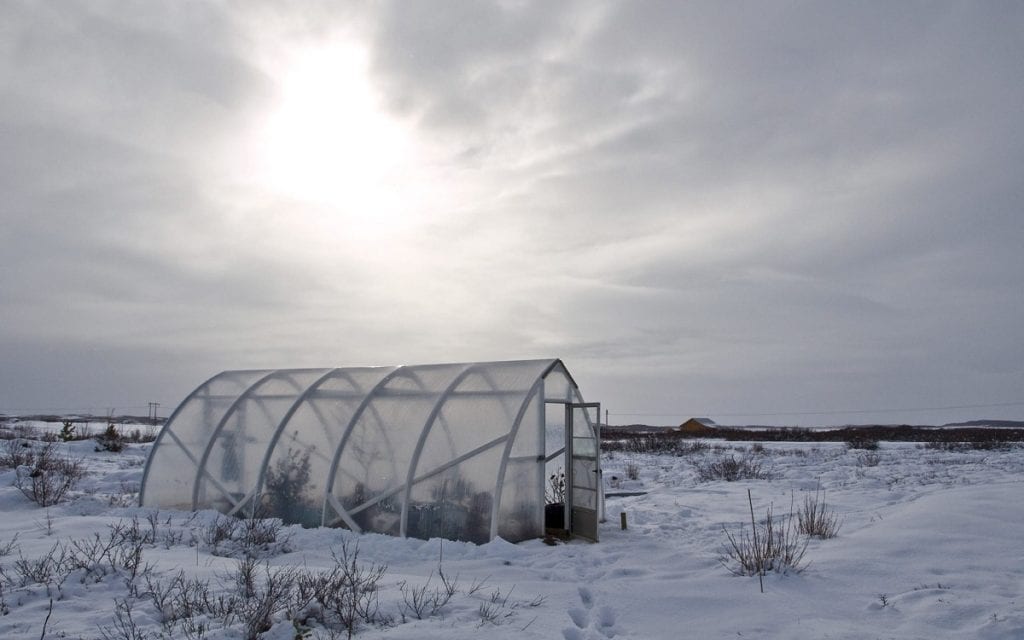
The key to a successful winter harvest is to know which vegetables to grow and pair them with the right season extenders. That means growing crops that can survive in cold weather inside structures like cold frames, mini hoop tunnels, or greenhouses.
If you’ve never grown vegetables in the winter, start with just a few crops and a cold frame or mini hoop tunnel. Experiment with what works best in your region.
If you live in a place where winters are mild, you might even succeed by using just a simple length of fabric row cover floated over crops on PVC or metal hoops. You can also make your own fleece tunnels or buy a tunnel kit.
The Best Vegetables to Grow Over Winter
Contents
Smart, well-planned winter gardening begins when the seed catalogs arrive. Read the crop descriptions carefully. Choose varieties with increased cold tolerance.
Below are some of the best vegetables to grow over winter.
Kale
No winter garden is complete without a few varieties of hardy kale. You can pick spring-planted kale all summer, but the leaves are likely to get tough and bitter when the heat arrives.
Frost makes them taste sweeter, and the plants endure the cold weather well.
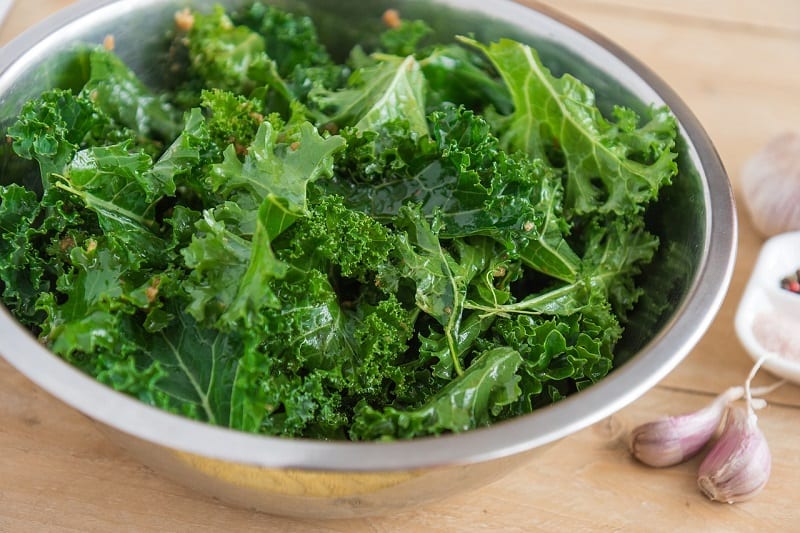
Lettuce
Lettuce is definitely one of the very best vegetables to grow in winter. You are likely to grow a successful winter crop with hardy varieties like ‘Winter Density’, ‘Red Salad Bowl’, and ‘Winter Marvel’.
The Salanova varieties also grow well in winter. The baby-sized lettuces form thick rosettes of tender green, red, or burgundy leaves. They are beautiful, full of flavor, and will grow well even in unheated winter polytunnels.
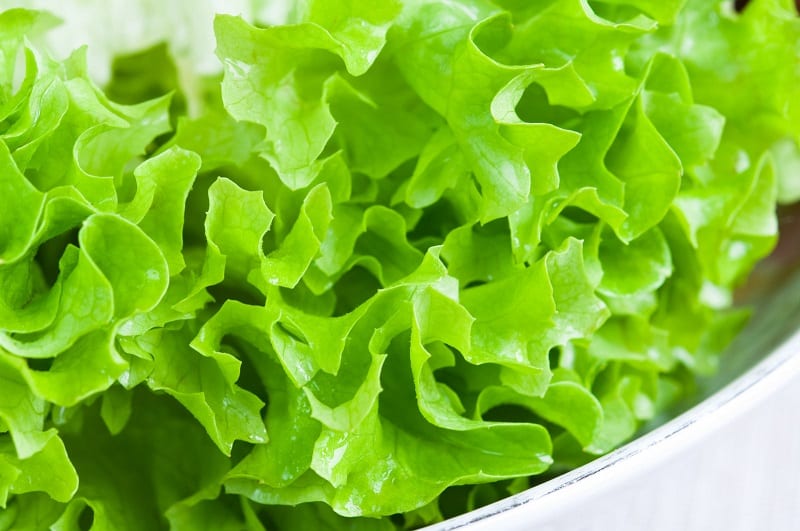
Carrots
Carrots are popular winter crops as the cold temperatures turn the roots into sugar-filled ‘candy’ carrots. You can plant your carrots in mid-summer in both garden beds and cold frames.
Winter carrots need to be planted about 12 weeks before the first frost date. If your growing season is lot longer than 12 weeks, start them a bit later. Do not wait until fall. While your carrots will not ‘grow’ in the winter, they will stay fresh.
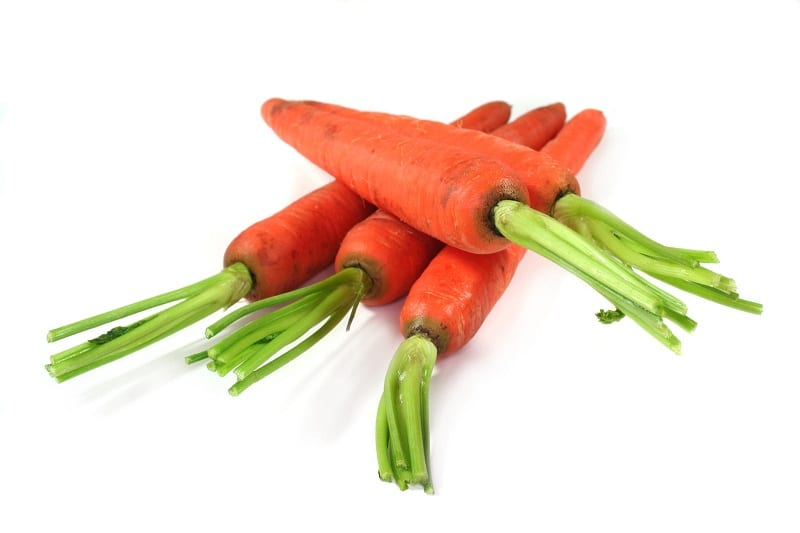
Perpetual Spinach
Perpetual spinach makes an excellent ‘cut and come again’ crop. The plants will produce huge yields of tasty leaves. If you sow in early autumn, you’ll have a steady supply of tender young leaves throughout winter.
With regular harvesting, your spinach crop will continue to grow well into summer. Be sure to remove the flowers to prevent your spinach plants from running to seed.
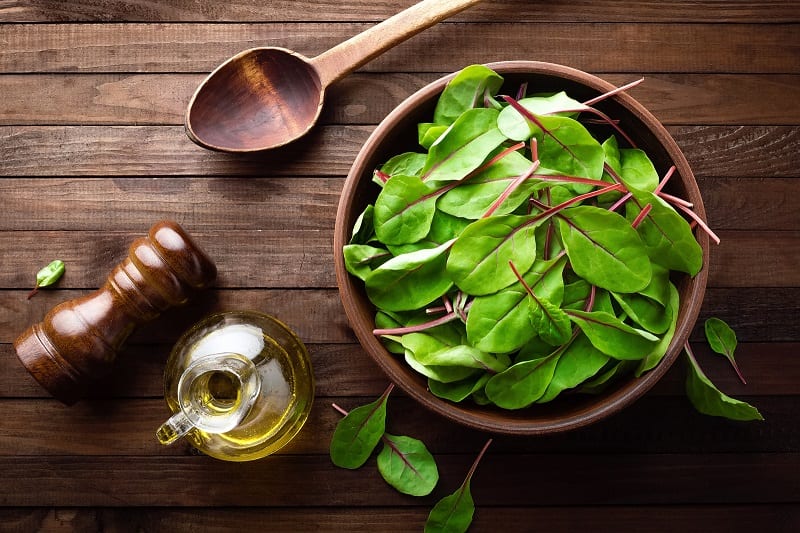
Pak Choi
This oriental vegetable can be harvested young throughout the winter as individual salad leaves. You can also allow the heads to mature and add the succulent stems to stir-fries.
Pak Choi is quick to mature and packed full of vitamins A and C as well as Calcium, Iron, and Folic Acid. Although it is often grown as a summer crop, Pak Choi can still be sown in late summer for transplanting under cover in autumn.

Iron, and Folic Acid.
Arugula
There are two types of arugula you can harvest in winter: wild and garden. The garden varieties like ‘Astro’ are quick growing and have strappy leaves. Wild arugula grows more slowly but is more tolerant of cold weather.
You should seed arugula every few weeks starting in early September to ensure a non-stop supply of the peppery green in your cold frames, says Nikki Jabbour for Savvy Gardening. You can harvest arugula as a baby crop or allow the leaves to grow full-sized.
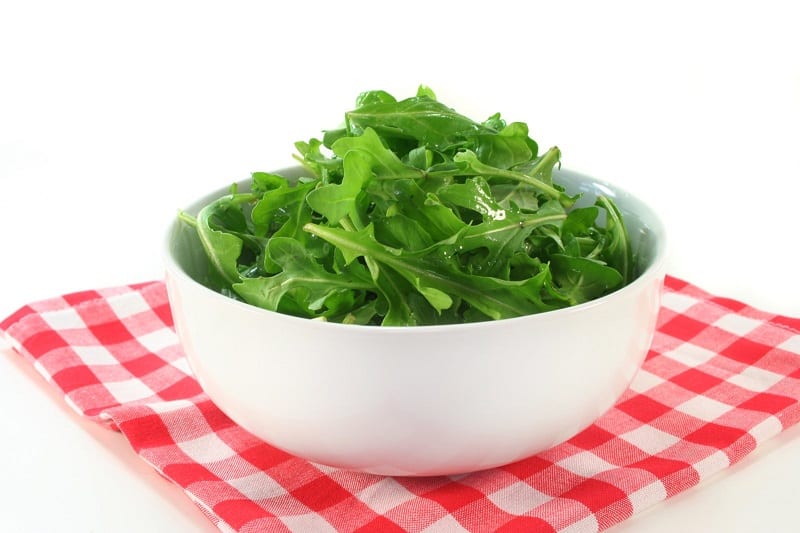
Gardening in Winter
Cold winter weather doesn’t mean your vegetable garden has to be empty. In fact, vegetable gardening in the winter can be more relaxed than in warmer months. That’s because you don’t have as much gardening to do.
Again, the key to a successful winter crop is planting hardy vegetables that are tolerant of the cold and having the right kind of infrastructure.
We hope the examples above will supply your table with fresh vegetables this winter and keep you a happy, busy gardener even through the cold winter months!








